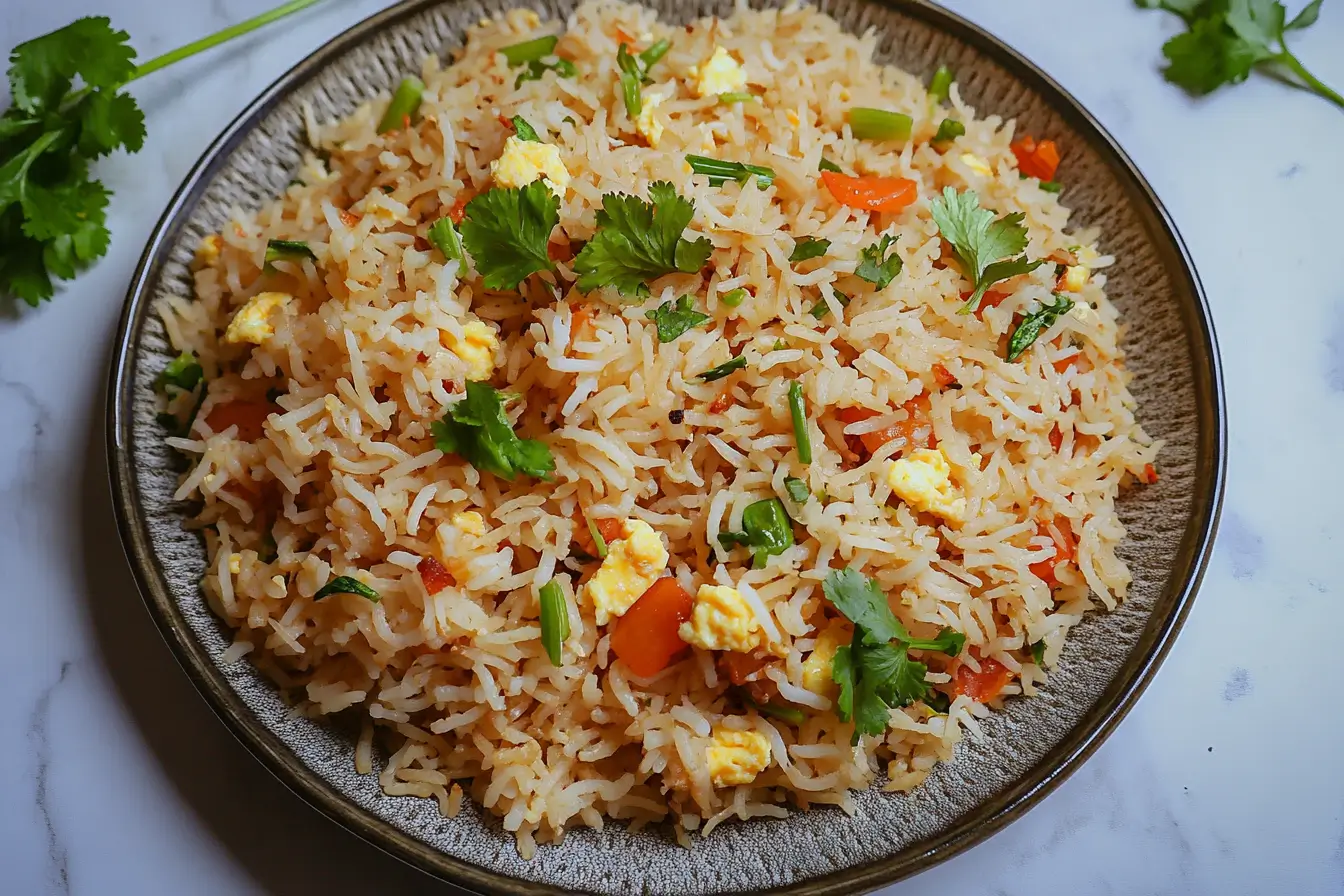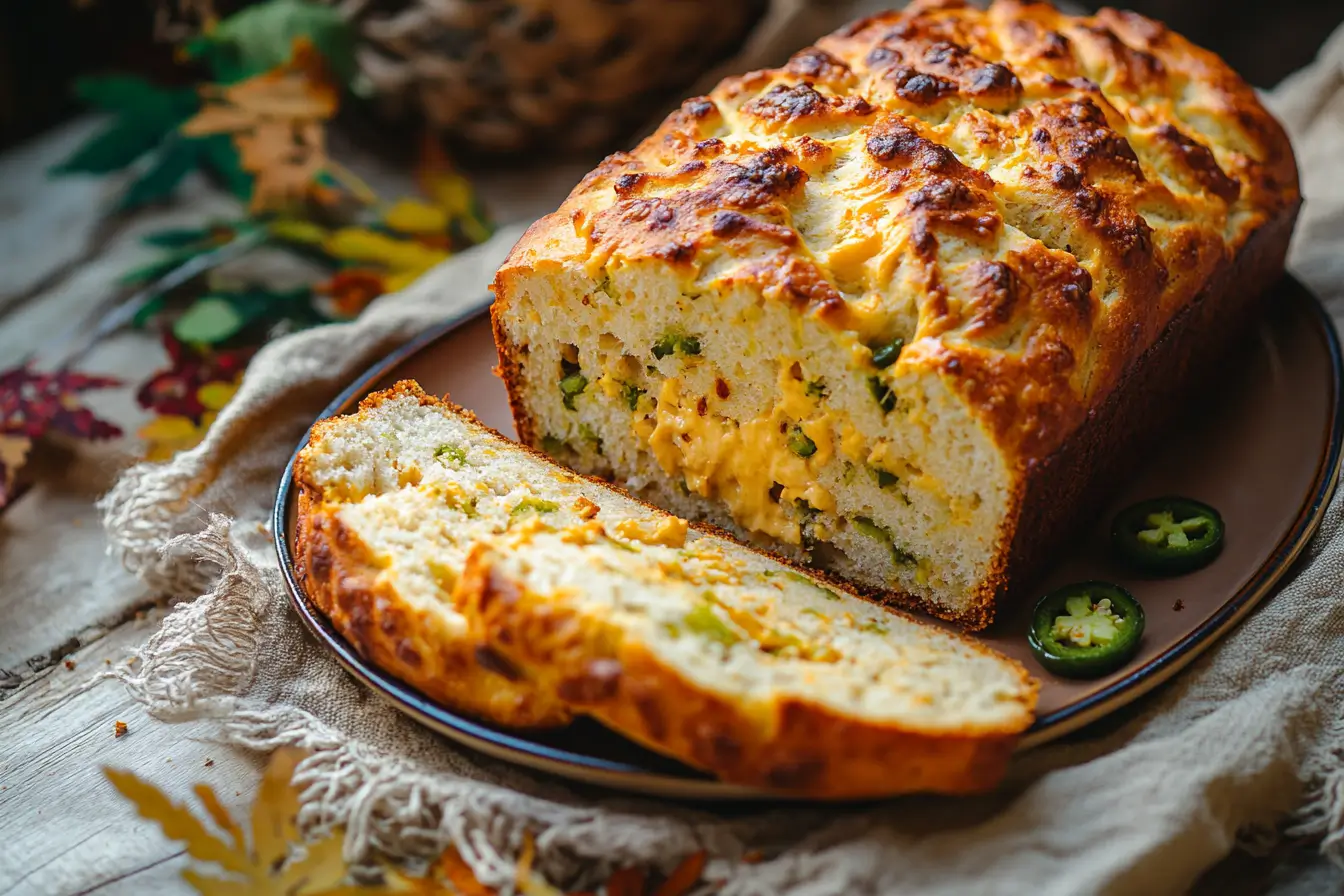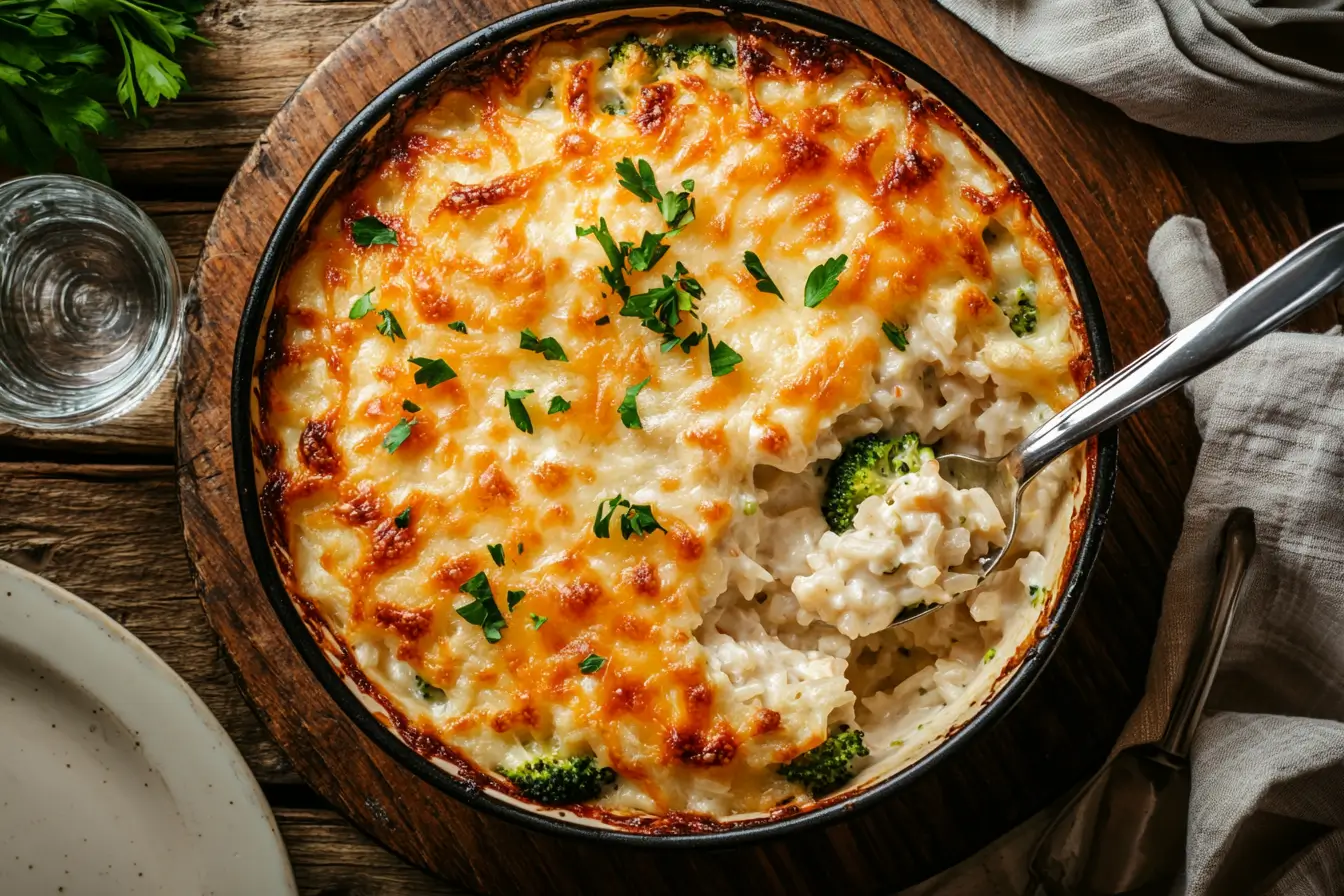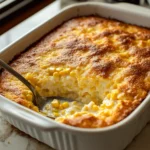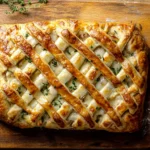Crab Brulee is an innovative twist on the classic crème brûlée, blending the creamy richness of custard with the delicate flavors of crab. It’s a dish that’s perfect for impressing guests or indulging in a luxurious treat at home. This article will walk you through everything you need to know, from selecting the best ingredients to achieving that signature caramelized topping. Let’s dive in and create something extraordinary!
Introduction to Crab Brulee Recipe
What is Crab Brulee?
Crab Brulee is a sophisticated twist on a traditional favorite, blending creamy custard with the succulent sweetness of crab meat. Unlike desserts, this dish offers a savory profile, enhanced with herbs and spices that bring out the natural flavors of the seafood. Its signature element is the caramelized sugar topping, which provides a delightful crunch that contrasts beautifully with the silky custard beneath.
This dish is more than just a meal—it’s an experience. From its irresistible aroma to its elegant presentation, Crab Brulee elevates any gathering, whether you’re hosting a fancy dinner party or simply treating yourself.
History and Origin of Crab Brulee Recipe
While the origins of crème brûlée can be traced to French cuisine, the savory adaptation we know as Crab Brulee is a much more recent culinary innovation. Coastal regions, with their abundant seafood, likely inspired chefs to experiment with savory custards, resulting in this masterpiece.
Some culinary historians believe it first appeared in upscale seafood restaurants, where chefs aimed to combine indulgence with fresh, local ingredients. Today, this dish has spread far beyond its origins, becoming a must-try for food enthusiasts worldwide.
Why Try a Savory Brulee?
You might ask, “Why venture into the world of savory custards?” The answer is simple: it’s a delightful surprise for your palate. Combining the creamy richness of custard with the umami of crab creates a dish that’s both comforting and intriguing.
Beyond the flavors, Crab Brulee also offers versatility. It can serve as an appetizer, a side dish, or even the star of your table. Plus, its visually appealing caramelized top adds a touch of elegance to any meal.
Ingredients and Equipment
Essential Ingredients for Crab Brulee Recipe
Creating the perfect Crab Brulee starts with gathering the right ingredients. Every component plays a critical role in crafting this dish’s balanced flavor and creamy texture.
Selecting the Best Crab Meat
For a truly memorable Crab Brulee, always use high-quality crab meat. Fresh lump crab meat is ideal, as it’s tender and naturally sweet, but claw meat or canned crab can work in a pinch. When selecting canned or frozen options, make sure they’re labeled as high-grade to avoid overly salty or rubbery results.
Cream and Dairy Options
The custard’s luxurious texture comes from heavy cream, which is rich enough to balance the lightness of the crab. Whole milk or half-and-half can be used for a lighter version, but the consistency might be less silky.
Seasonings and Flavor Enhancers
Spices like paprika, cayenne, or even a dash of nutmeg can elevate the dish’s taste profile. Adding fresh herbs such as dill, parsley, or chives not only enhances the flavor but also adds a pop of color to the presentation.
Necessary Equipment for Preparation
While the ingredients are key, the tools you use can make or break the dish’s outcome.
Ramekins and Baking Dishes
Ramekins are the classic choice for Crab Brulee. Their small size ensures even cooking and a visually appealing presentation. If ramekins aren’t available, shallow oven-safe bowls or dishes can also work.
Kitchen Torch vs. Broiler
To achieve the perfect caramelized topping, a culinary torch is your best friend. It provides precise control, allowing you to caramelize sugar evenly without heating the custard beneath. If you don’t have a torch, your oven’s broiler can be a great alternative—just keep a close eye to prevent burning.
Step-by-Step Preparation Guide for Crab Brulee Recipe
Preparing the Crab Mixture

The heart of your Crab Brulee lies in the flavorful crab mixture. Begin by carefully picking through your crab meat to ensure it’s free from shell fragments. Place the crab meat in a mixing bowl and gently flake it apart using a fork to maintain its delicate texture.
Add finely chopped fresh herbs such as dill or parsley for brightness, along with a sprinkle of salt, black pepper, and a pinch of cayenne for a subtle kick. Incorporate a small amount of grated cheese, such as Gruyère, for added depth. If you want an extra layer of creaminess, mix in a tablespoon of softened cream cheese. Gently fold everything together to avoid breaking the crab into mush.
Making the Custard Base
In a separate bowl, whisk together four large egg yolks until they’re slightly thickened. Slowly add heavy cream while continuing to whisk, ensuring a smooth blend. Season the mixture with a dash of paprika and a hint of nutmeg to give it a warm, aromatic flavor.
For enhanced depth, consider incorporating a small amount of seafood stock or clam juice into the custard base. Be cautious not to overpower the subtlety of the crab. Strain the mixture through a fine-mesh sieve to remove any bits of egg white or clumps, ensuring a velvety texture.
Assembling the Brulee

Divide the crab mixture evenly among your ramekins or shallow baking dishes. Pour the custard base over the crab mixture until it just reaches the rim. The custard should gently cradle the crab meat without submerging it entirely.
Arrange the ramekins in a baking dish with high sides. To create an even cooking environment, pour hot water into the baking dish until it reaches halfway up the sides of the ramekins. This water bath prevents the custard from curdling and ensures a silky finish.
Baking Instructions
Preheat your oven to 325°F (163°C) and carefully transfer the water-filled baking dish to the middle rack. Bake the brulees for approximately 30–35 minutes, or until the custard is set but still slightly jiggly in the center.
Check for doneness by inserting a knife or toothpick near the edge of a ramekin. Once it comes out clean, your brulees are ready. Then, remove the ramekins from the water bath using tongs or oven mitts and place them on a cooling rack.
Chilling and Setting the Custard
Allow the Crab Brulee to cool to room temperature before transferring it to the refrigerator. Chill for at least 2–3 hours to let the flavors meld and the custard fully set. The chilling process enhances the dish’s texture, making it firm yet creamy.
Caramelizing the Sugar Topping
Sprinkle a thin, even layer of granulated sugar on top of each brulee. Use a culinary torch to caramelize the sugar by moving the flame in small, circular motions until it melts and turns golden brown.
For those without a torch, use your oven’s broiler. Place the ramekins on a baking sheet and broil for 1–2 minutes, watching carefully to avoid burning. Allow the caramelized sugar to harden for a few minutes before serving.
Serving Suggestions and Pairings
Ideal Serving Temperature
Crab Brulee is best enjoyed slightly chilled or at room temperature. This allows the custard to maintain its creamy consistency while the caramelized sugar topping retains its crunch. Avoid serving it straight from the refrigerator, as the flavors may feel muted.
Garnish Ideas
A sprinkle of freshly chopped herbs like chives or dill can add a pop of color and a burst of freshness. For extra flair, consider adding a small dollop of crème fraîche or a thin slice of lemon on the side. Edible flowers are another beautiful touch that will elevate the presentation.
Beverage Pairings
Pair your Crab Brulee with a refreshing non-alcoholic beverage, such as sparkling water infused with citrus or a mild herbal tea like chamomile. These light flavors balance the richness of the dish, making for a harmonious dining experience. For a flavorful side, consider serving it with Rotel Dip. Its zesty and bold flavors provide a delightful contrast to the creamy, savory profile of the Crab Brulee.
Variations and Substitutions
Alternative Seafood Options
If crab isn’t readily available, there are plenty of seafood substitutes that can still result in a delicious savory brûlée. Lobster is a luxurious alternative, offering a similar sweetness and tender texture. Simply prepare it in the same manner as crab, ensuring all shell fragments are removed.
Shrimp, when chopped finely, provides a slightly firmer bite and pairs well with the creamy custard base. Scallops, thinly sliced or diced, offer a delicate and buttery flavor that complements the dish’s richness. For a more cost-effective option, white fish like cod or haddock can work too. Flake the fish into bite-sized pieces and season well to enhance its mild flavor.
Vegetarian Substitutes
For those avoiding seafood, a vegetarian version of Crab Brulee can be equally delightful. Swap out the crab meat for sautéed mushrooms like shiitake or oyster, which offer an earthy and umami-rich flavor.
Caramelized onions or leeks can also serve as a base, lending sweetness and depth to the dish. Additionally, roasted red peppers, chopped artichoke hearts, or even a mix of spinach and ricotta can be used to create a unique twist on the traditional recipe.
Flavor Infusions and Enhancements
Elevate your Crab Brulee with creative flavor additions. For a zesty touch, mix in a teaspoon of lemon or lime zest to the custard base. Want a hint of spice? Add a pinch of smoked paprika or a touch of sriracha to the crab mixture.
Herb-infused custards can also be achieved by simmering the cream with rosemary, thyme, or bay leaves before adding it to the egg yolks. Cheese lovers might enjoy incorporating Parmesan or Gruyère into the custard for a nuttier, richer flavor. With these enhancements, you can tailor the dish to suit your taste and impress your guests.
Tips for Perfecting Crab Brulee
Achieving the Ideal Texture
The hallmark of a perfect Crab Brulee lies in its silky-smooth custard. Achieving this texture requires careful attention to detail. Always strain the custard mixture through a fine-mesh sieve to eliminate lumps or bits of egg white.
Maintaining a consistent oven temperature is also crucial. Using a water bath ensures the custard cooks gently and evenly, preventing it from curdling or cracking. Check for doneness by gently shaking the ramekins; the custard should jiggle slightly in the center but appear set around the edges.
Avoiding Common Mistakes
Several pitfalls can undermine the quality of your Crab Brulee. Overcooking is one of the most common errors. If the custard cooks too long, it can become rubbery. Keep a close eye on it and remove it from the oven as soon as it’s set.
Another mistake is using an uneven sugar layer for caramelization, which can result in burnt spots. Spread the sugar evenly before torching it, and avoid holding the flame in one place for too long. Lastly, don’t rush the chilling process—this step is vital for setting the custard and balancing the flavors.
Enhancing Flavor Profiles
To bring out the best in your Crab Brulee, balance is key. If the crab flavor feels muted, a small splash of seafood stock can amplify its taste. Conversely, if the dish is too rich, a sprinkle of fresh herbs or a squeeze of lemon juice can add brightness.
Experimenting with different herbs and spices can also transform the dish. Tarragon adds a licorice-like sweetness, while chervil provides a delicate anise flavor. Even a touch of truffle oil can make the dish feel even more luxurious. Don’t be afraid to get creative—you might just discover a signature twist that becomes your favorite.
FAQs about Crab Brulee Recipe
What types of crab meat are best for Crab Brulee Recipe?
The best crab meat for Crab Brulee is fresh lump crab meat, known for its sweet, tender, and delicate texture. Lump crab meat holds its shape well and blends seamlessly with the creamy custard. Claw meat is another good option, offering a slightly stronger flavor. For those on a budget, high-quality canned or pasteurized crab meat can be a convenient substitute, as long as it’s labeled as premium grade.
Can I use canned or frozen crab meat instead of fresh?
Absolutely! While fresh crab meat is ideal, canned or frozen crab meat can be used as a substitute. Look for premium-grade products with minimal added preservatives to ensure the best flavor and texture. If using frozen crab meat, thaw it completely and gently pat it dry with paper towels to remove excess moisture before incorporating it into the recipe.
How long does Crab Brulee last in the fridge?
Crab Brulee can be stored in the refrigerator for up to 2–3 days. Cover the ramekins tightly with plastic wrap or an airtight lid to preserve freshness and prevent the custard from absorbing any odors. However, the caramelized sugar topping is best enjoyed fresh, as it may lose its crispness over time.
Can I prepare Crab Brulee in advance?
Yes, Crab Brulee is an excellent make-ahead dish. You can prepare and bake the custard a day in advance, allowing it to chill in the refrigerator until you’re ready to serve. Just wait to caramelize the sugar topping until just before serving to ensure that signature crunch. This makes it a convenient option for entertaining guests or planning ahead for special occasions.
Conclusion
Encouragement to Experiment with the Crab Brulee Recipe
The beauty of Crab Brulee lies in its versatility. In fact, don’t hesitate to experiment with variations—try different types of seafood, for instance, explore vegetarian substitutes, or even add unique flavor infusions like citrus zest or smoked spices. Ultimately, each adjustment provides an opportunity to personalize the dish and discover your own culinary signature.
Final Thoughts on Enjoying Crab Brulee
Whether served as an appetizer, a main course, or even a show-stopping side, Crab Brulee is sure to leave an impression. Its balance of creamy, savory, and crispy textures offers a dining experience like no other. With a little creativity and attention to detail, this dish can transform any meal into a gourmet event. Now, it’s time to get cooking and indulge in the magic of Crab Brulee!
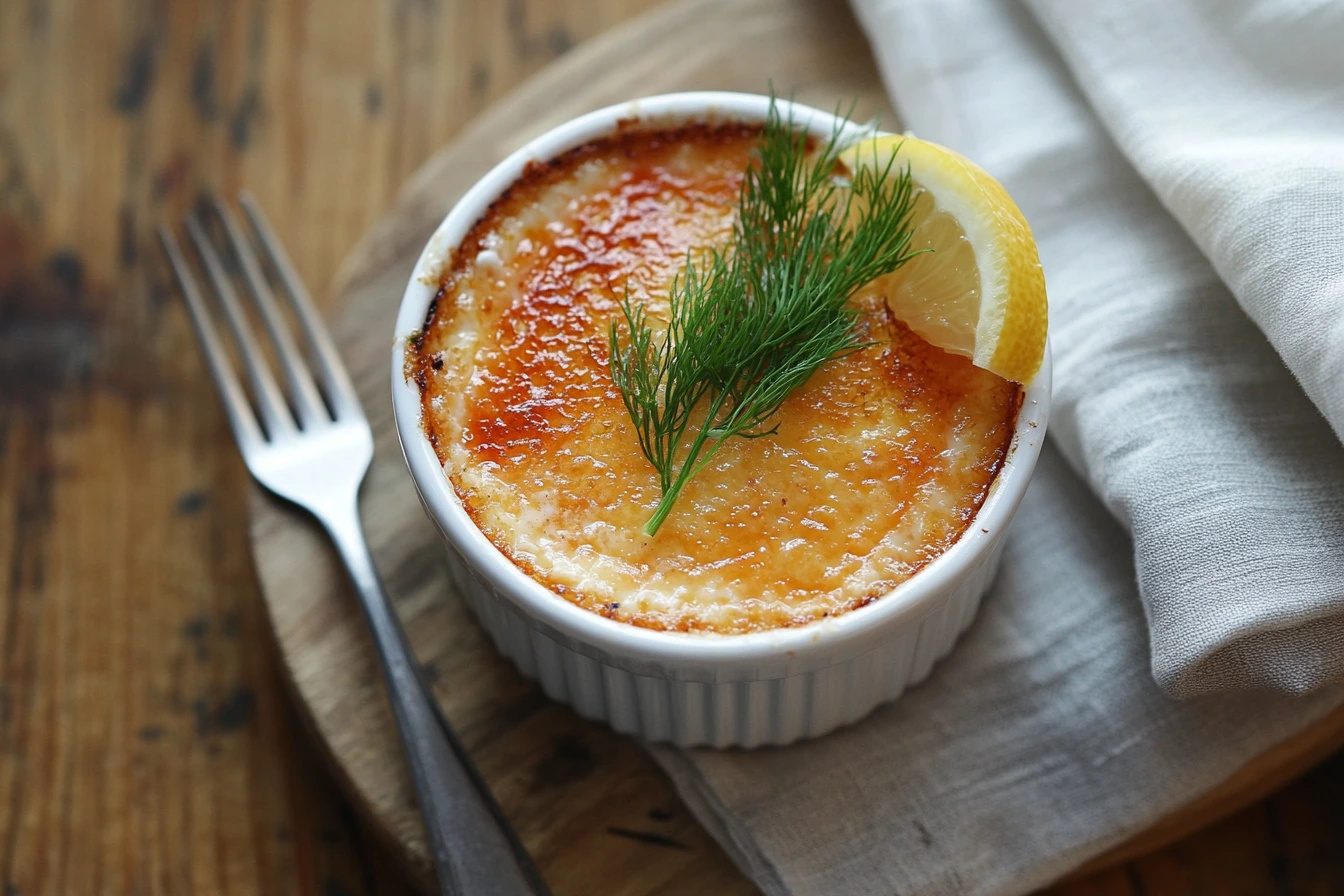
Crab Brulee Recipe
Equipment
- Ramekins
- Baking Dish
- Culinary Torch
- Fine-mesh sieve
Ingredients
Crab Mixture
- 8 oz lump crab meat fresh, picked through for shells
- 2 tbsp fresh dill finely chopped
- 2 tbsp fresh parsley finely chopped
- 1/4 tsp cayenne pepper
- 1/4 cup Gruyère cheese grated
- 1 tbsp cream cheese softened
- to taste salt
- to taste black pepper
Custard Base
- 4 large egg yolks
- 2 cups heavy cream
- 1/4 tsp paprika
- 1/8 tsp nutmeg
- 1 tbsp seafood stock or clam juice (optional)
Caramelized Topping
- 4 tsp granulated sugar or as needed
Instructions
- Preheat oven to 325°F (163°C).
- In a mixing bowl, gently flake crab meat apart using a fork. Add dill, parsley, salt, pepper, cayenne, Gruyère cheese, and softened cream cheese. Gently fold together.
- In a separate bowl, whisk egg yolks until slightly thickened. Slowly add heavy cream while whisking. Season with paprika and nutmeg. Add seafood stock or clam juice if desired. Strain mixture through a fine-mesh sieve.
- Divide crab mixture evenly among ramekins. Pour custard base over crab mixture until it reaches the rim.
- Arrange ramekins in a baking dish. Pour hot water into the baking dish until it reaches halfway up the sides of the ramekins.
- Carefully transfer the water-filled baking dish to the middle rack of the preheated oven. Bake for 30–35 minutes, or until the custard is set but still slightly jiggly in the center. Remove ramekins from the water bath and place on a cooling rack.
- Allow Crab Brulee to cool to room temperature before transferring to the refrigerator. Chill for at least 2–3 hours.
- Sprinkle a thin, even layer of granulated sugar on top of each brulee. Use a culinary torch to caramelize the sugar, moving the flame in small, circular motions until it melts and turns golden brown. Alternatively, use your oven’s broiler for 1–2 minutes, watching carefully to avoid burning. Allow the caramelized sugar to harden for a few minutes before serving.

